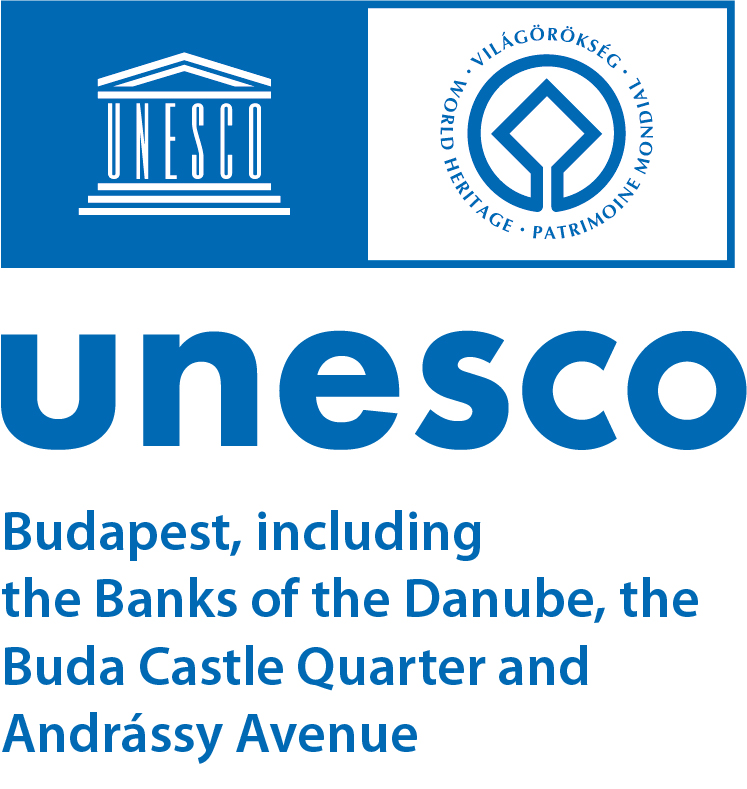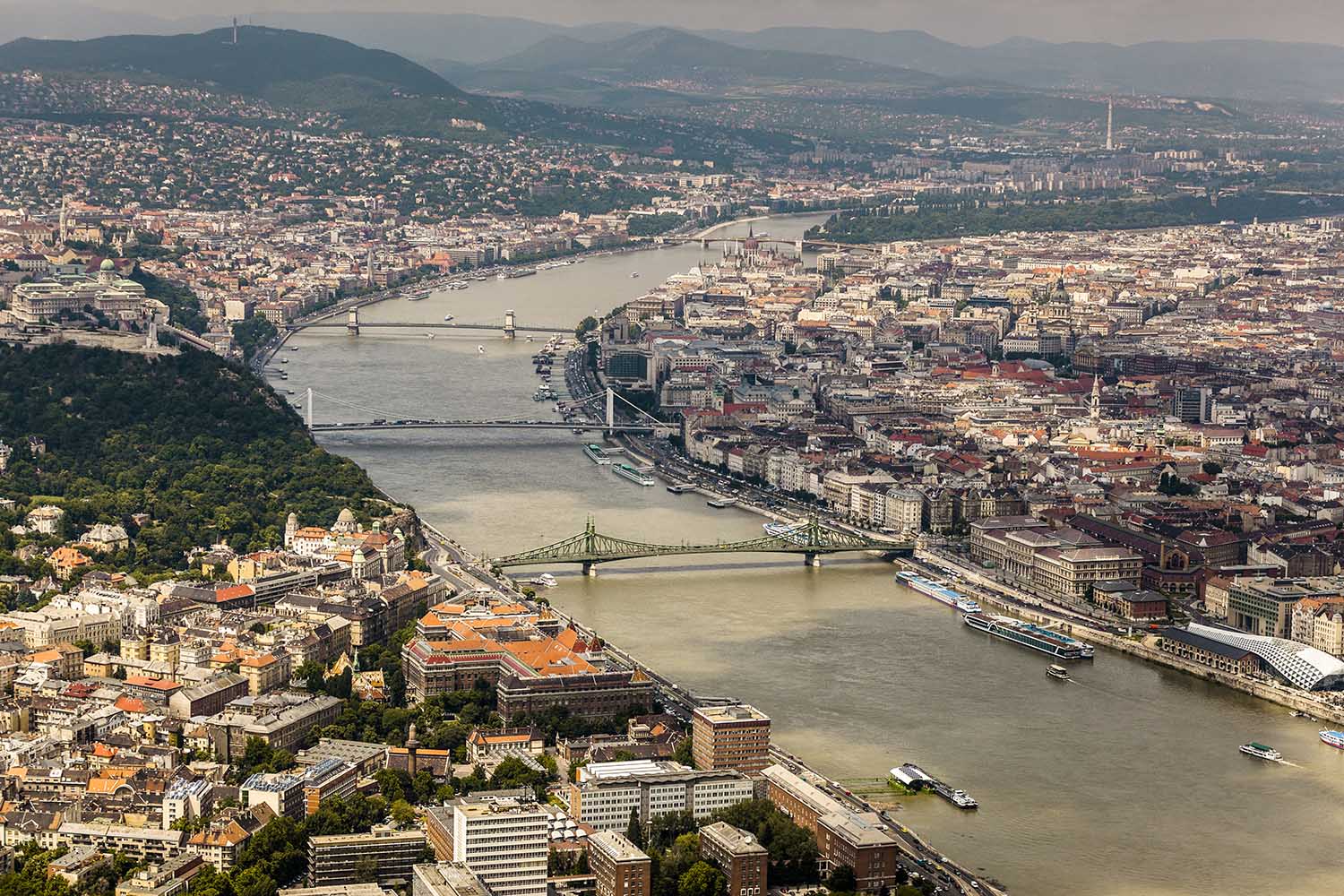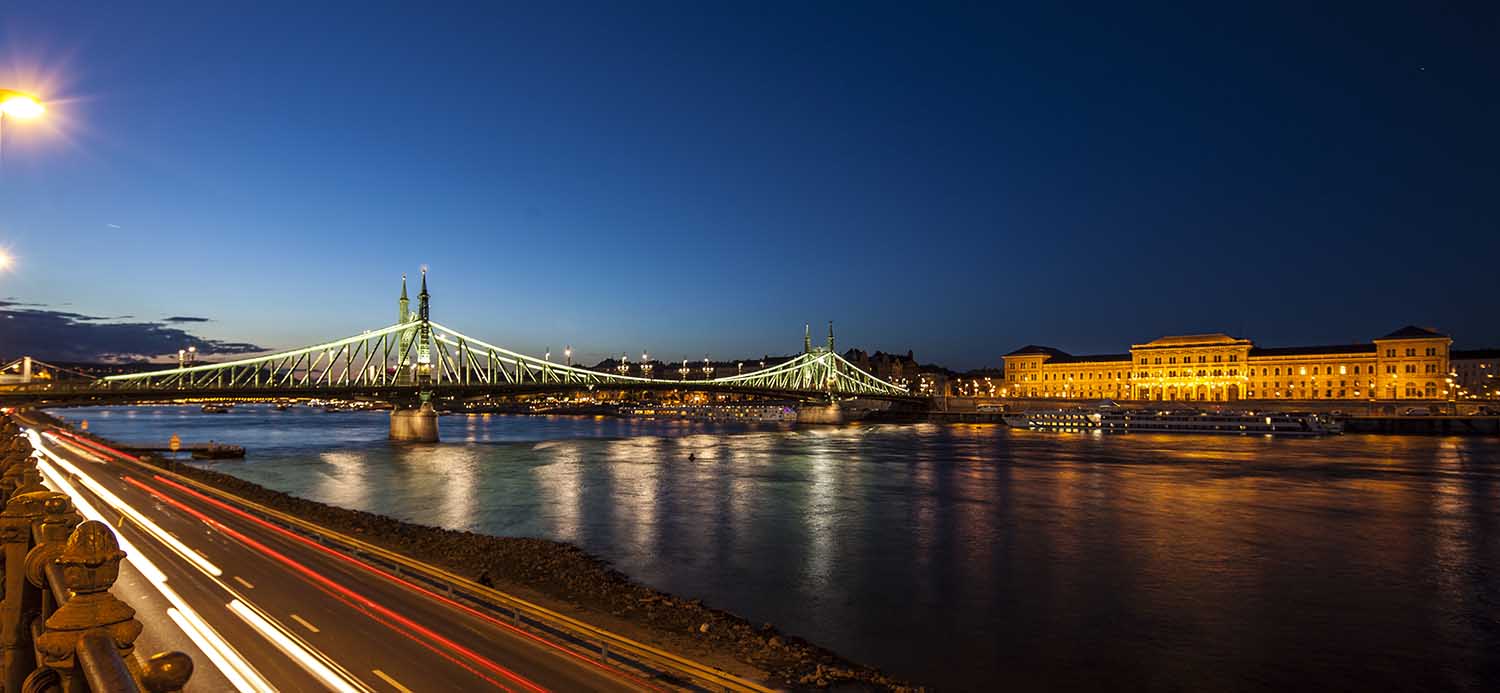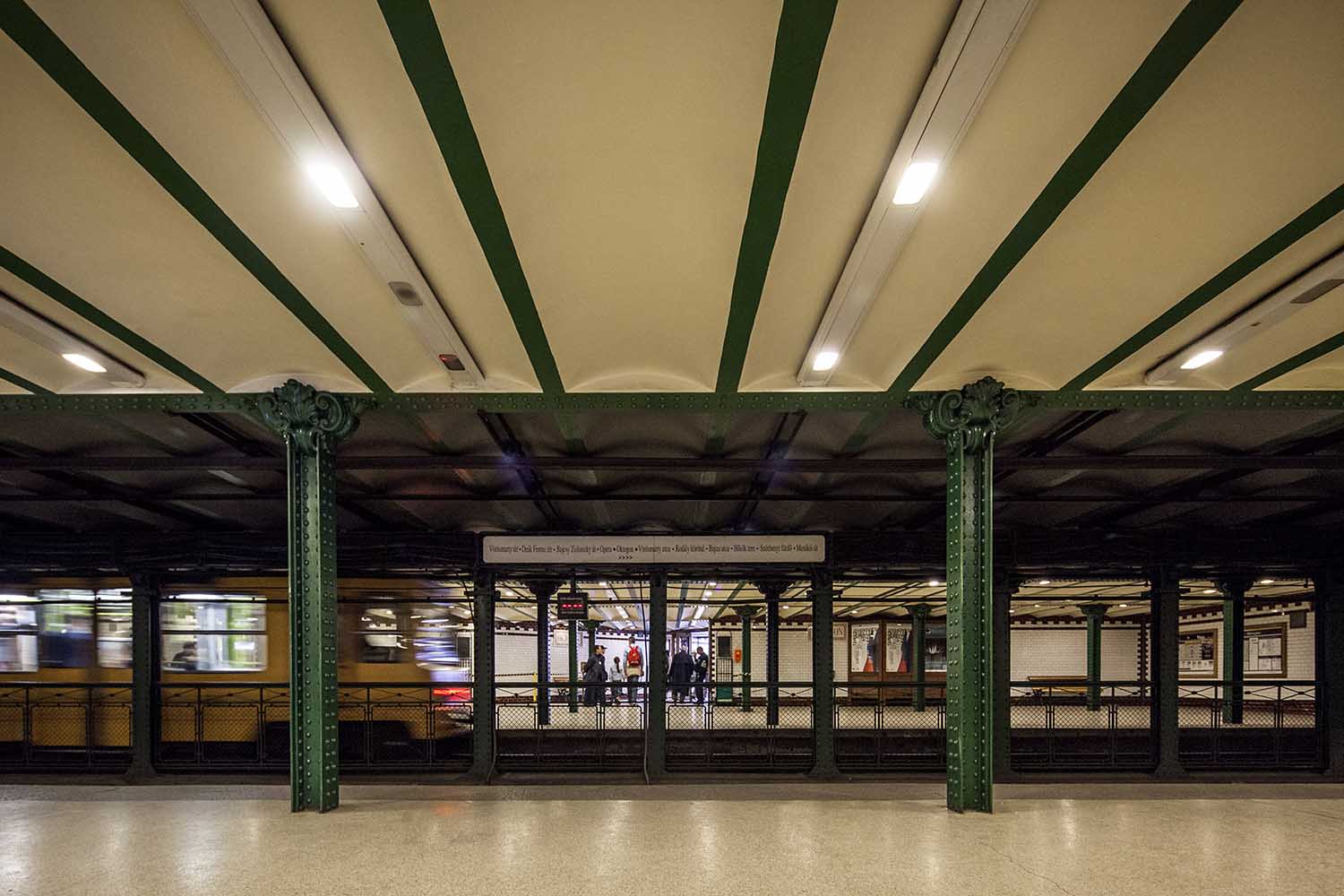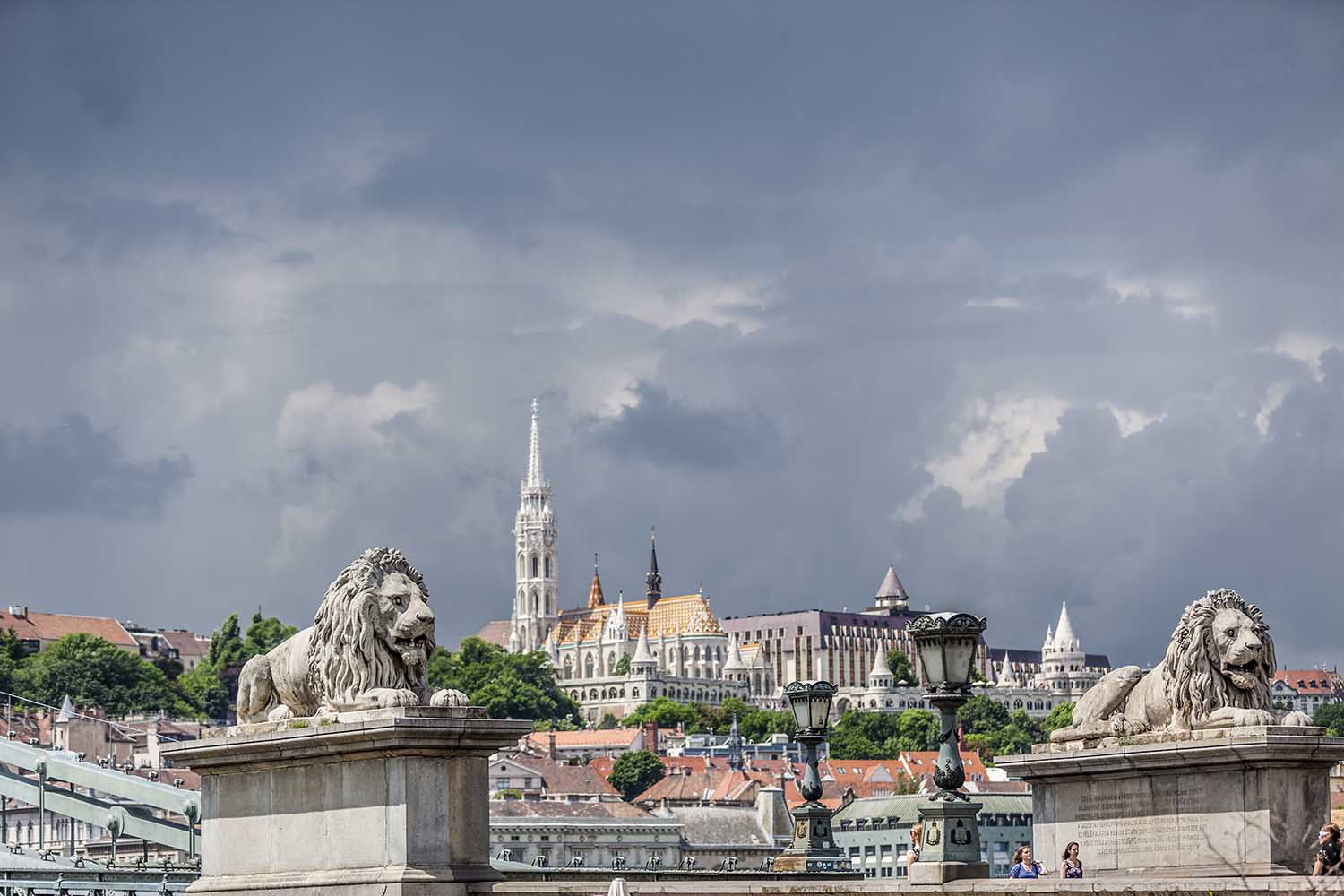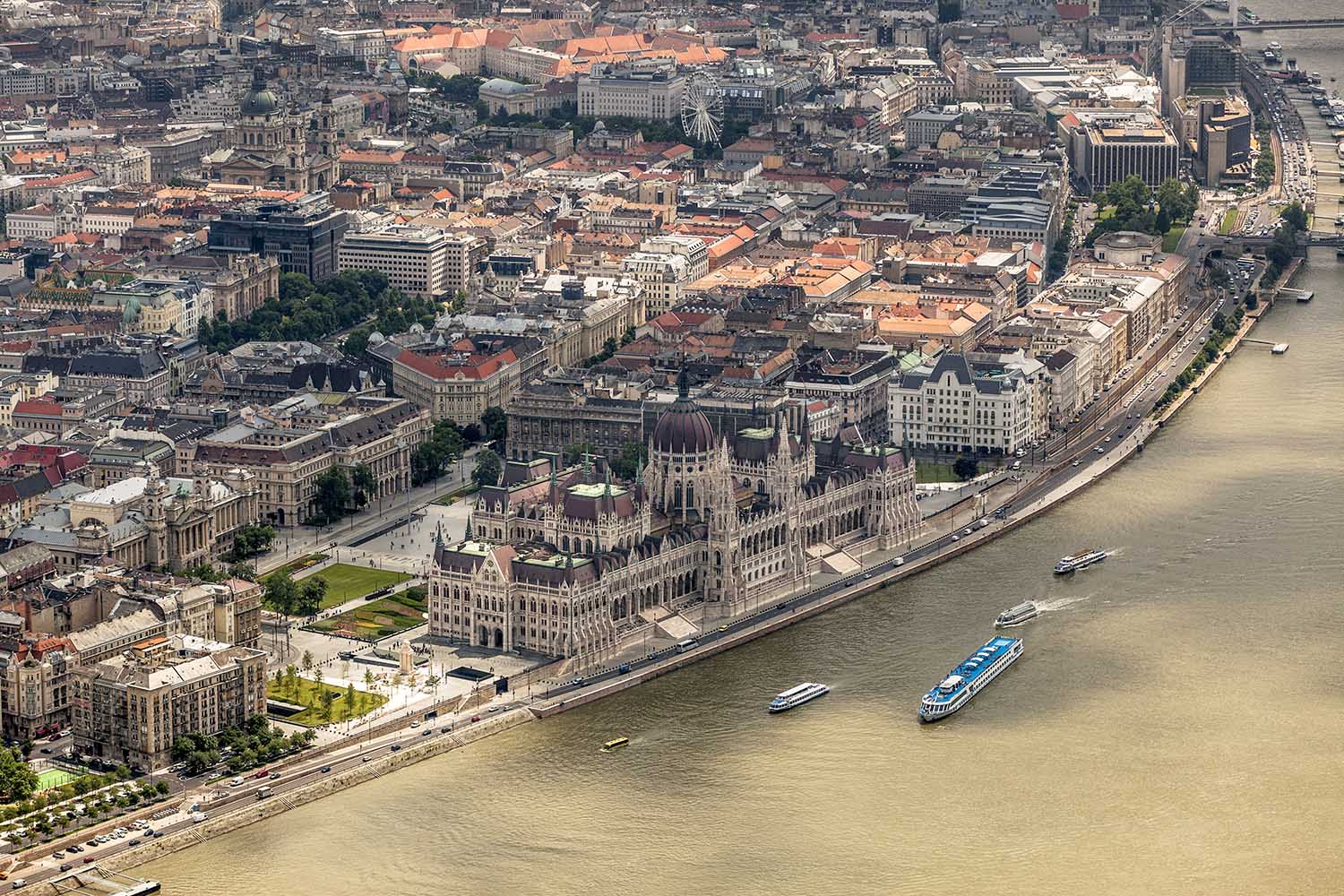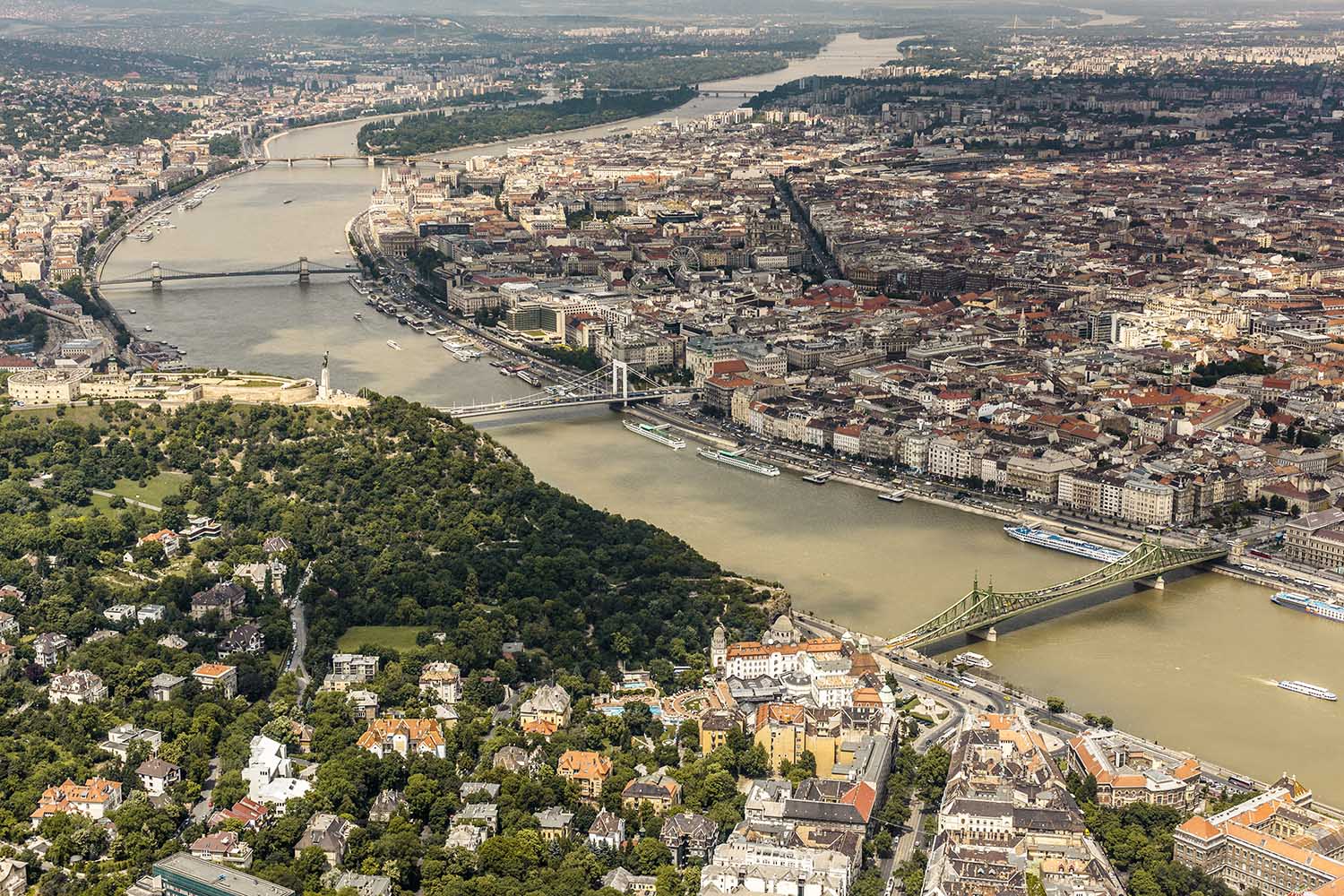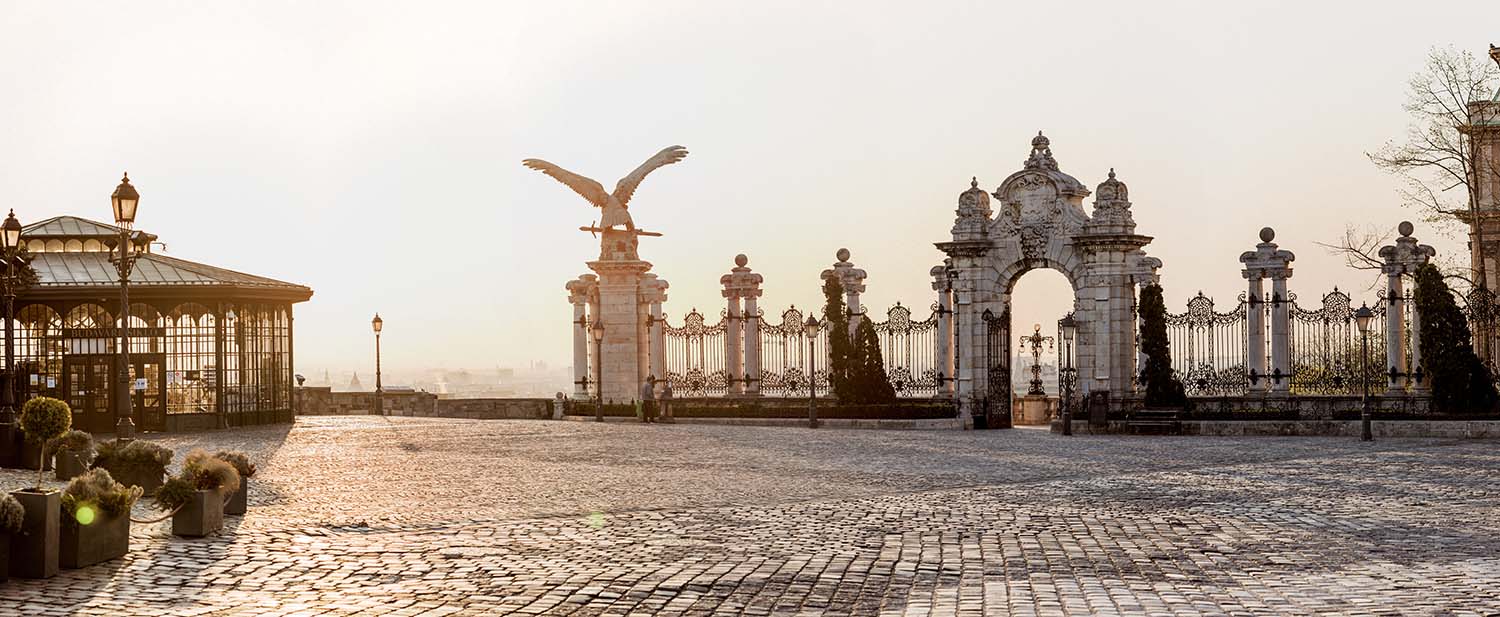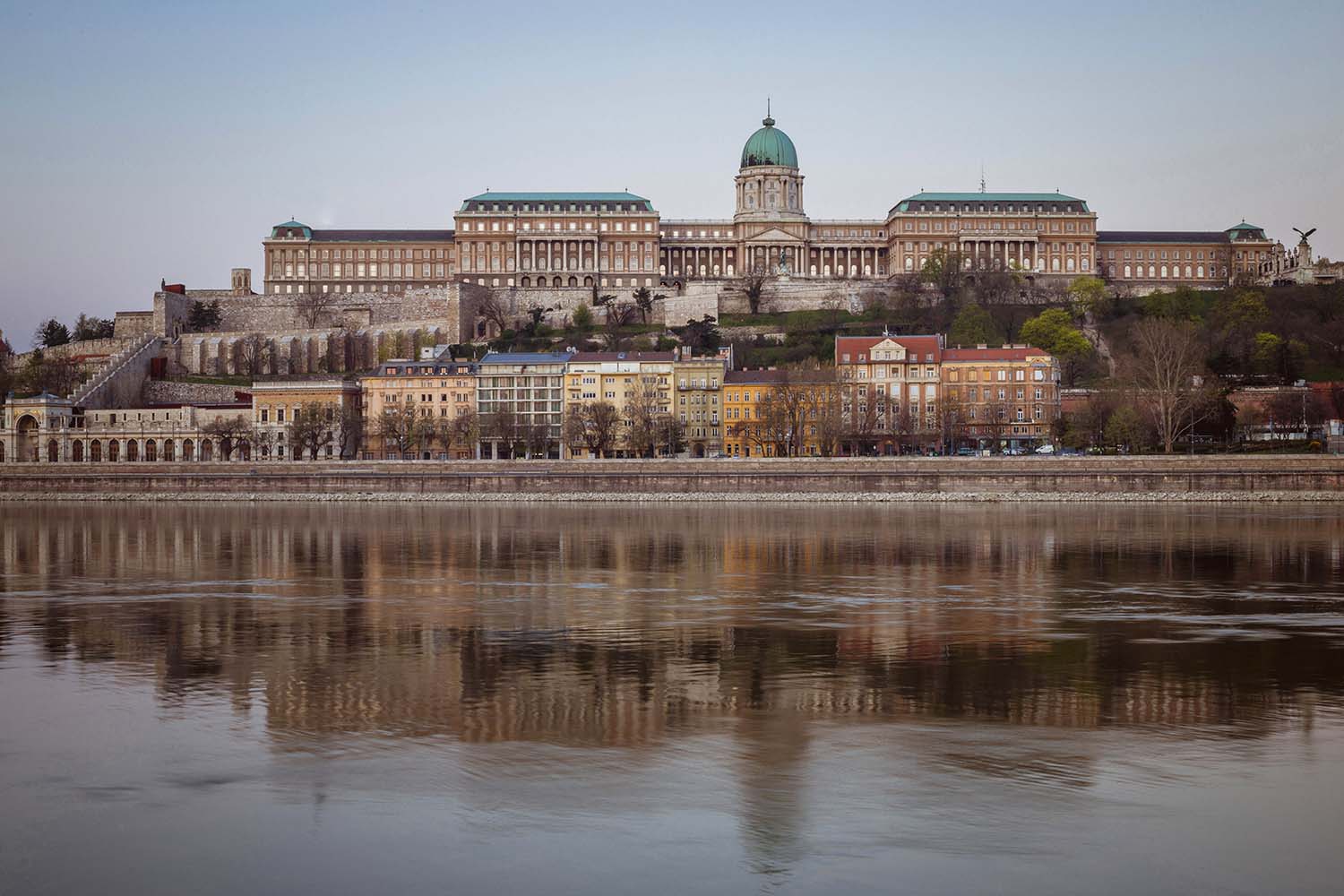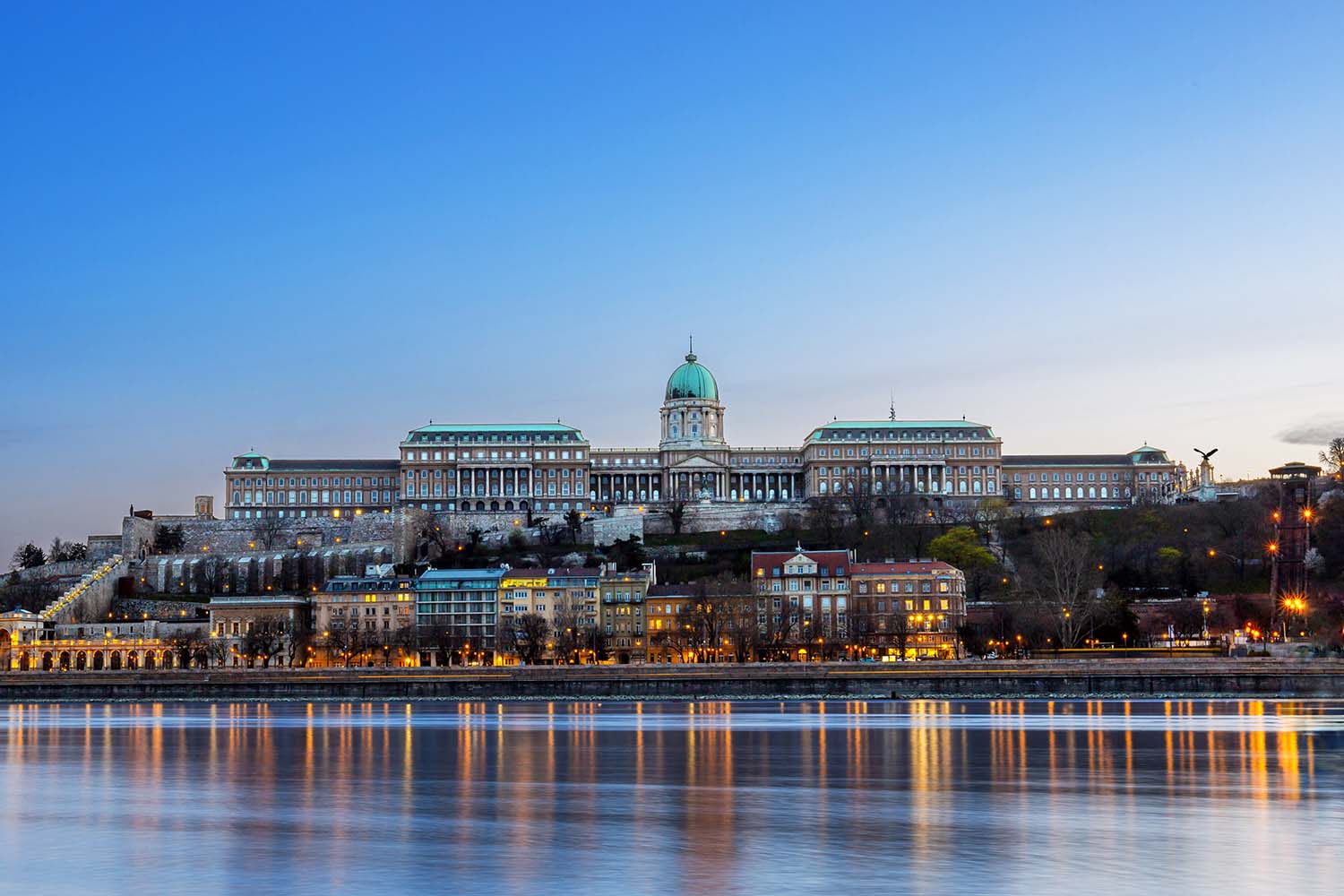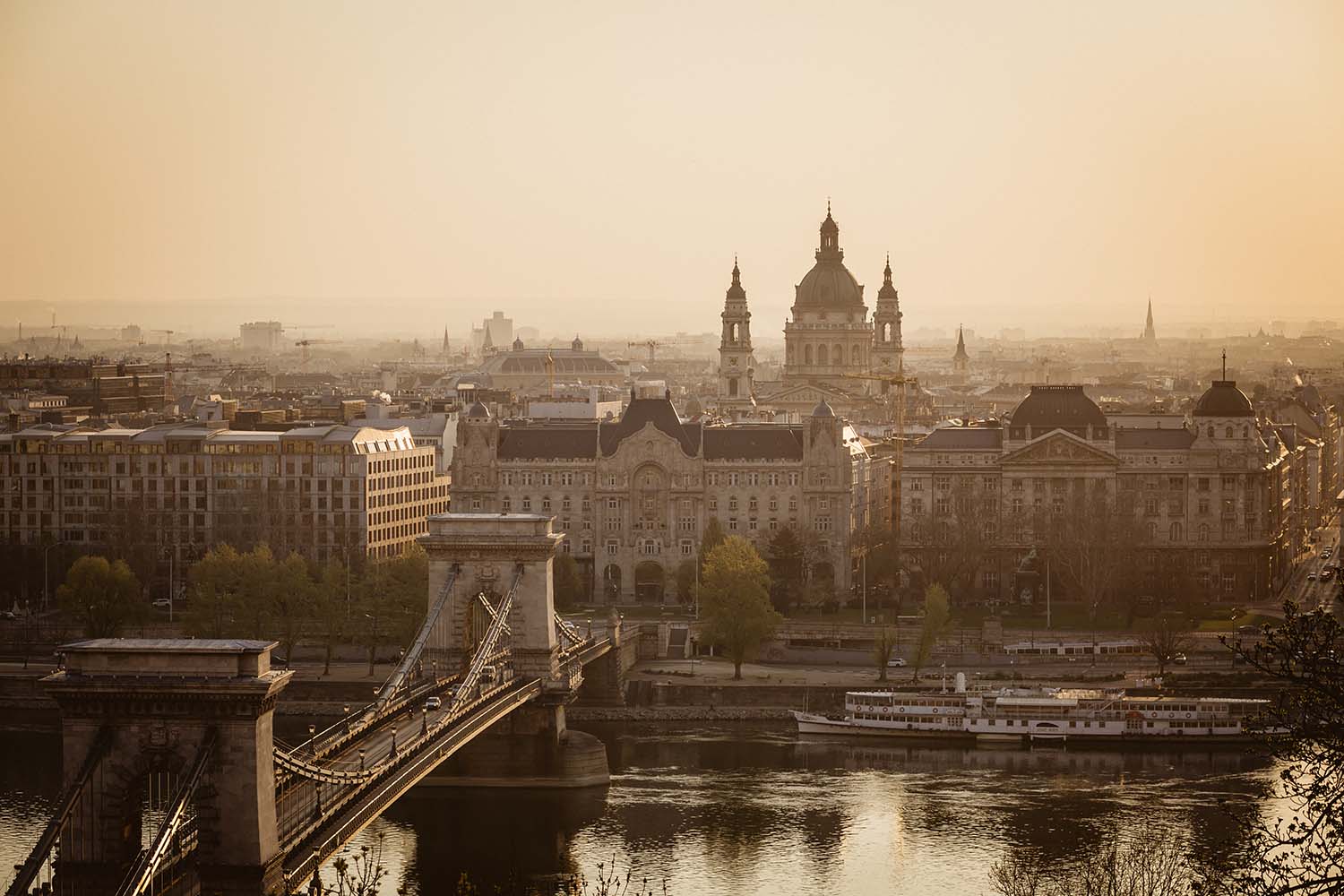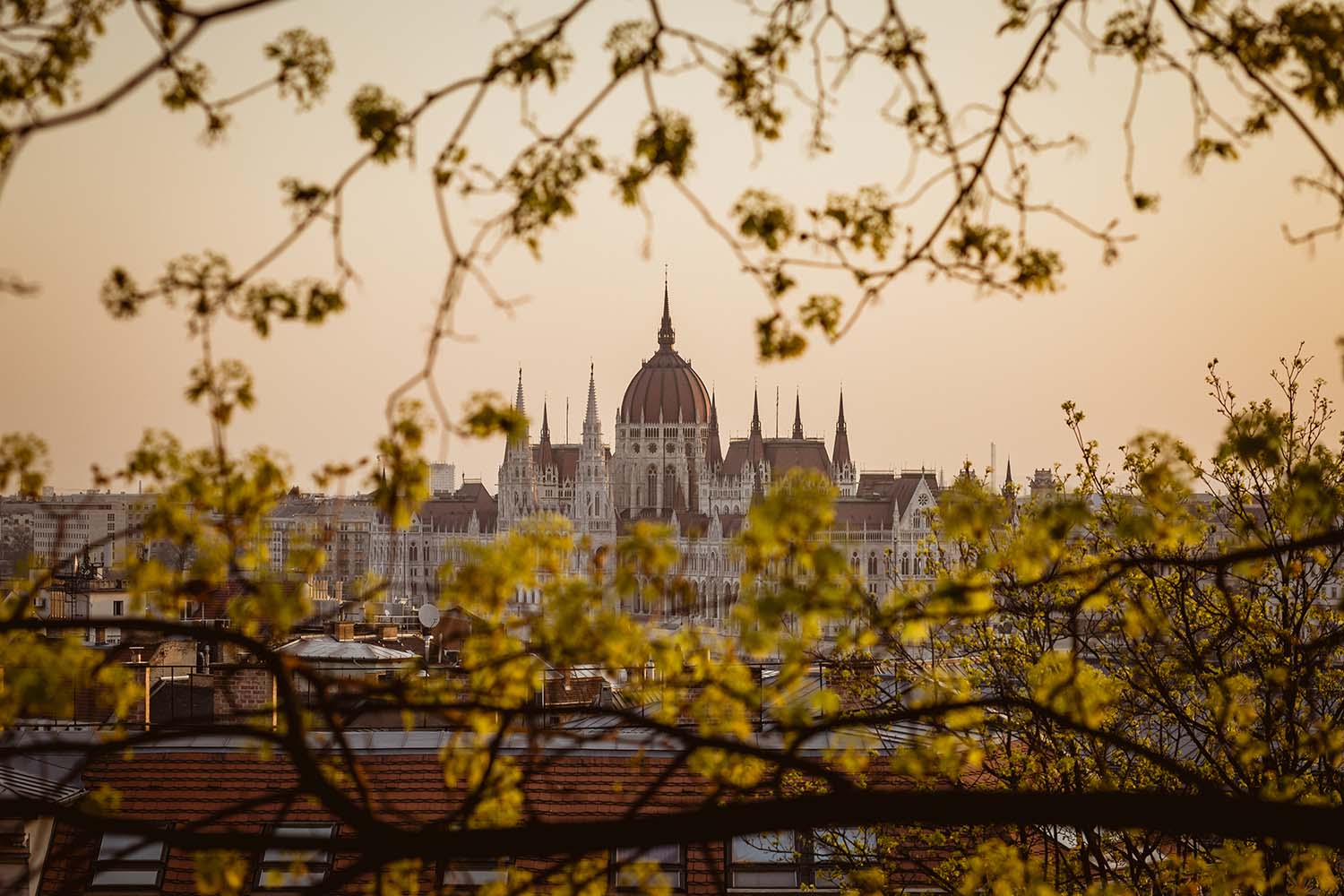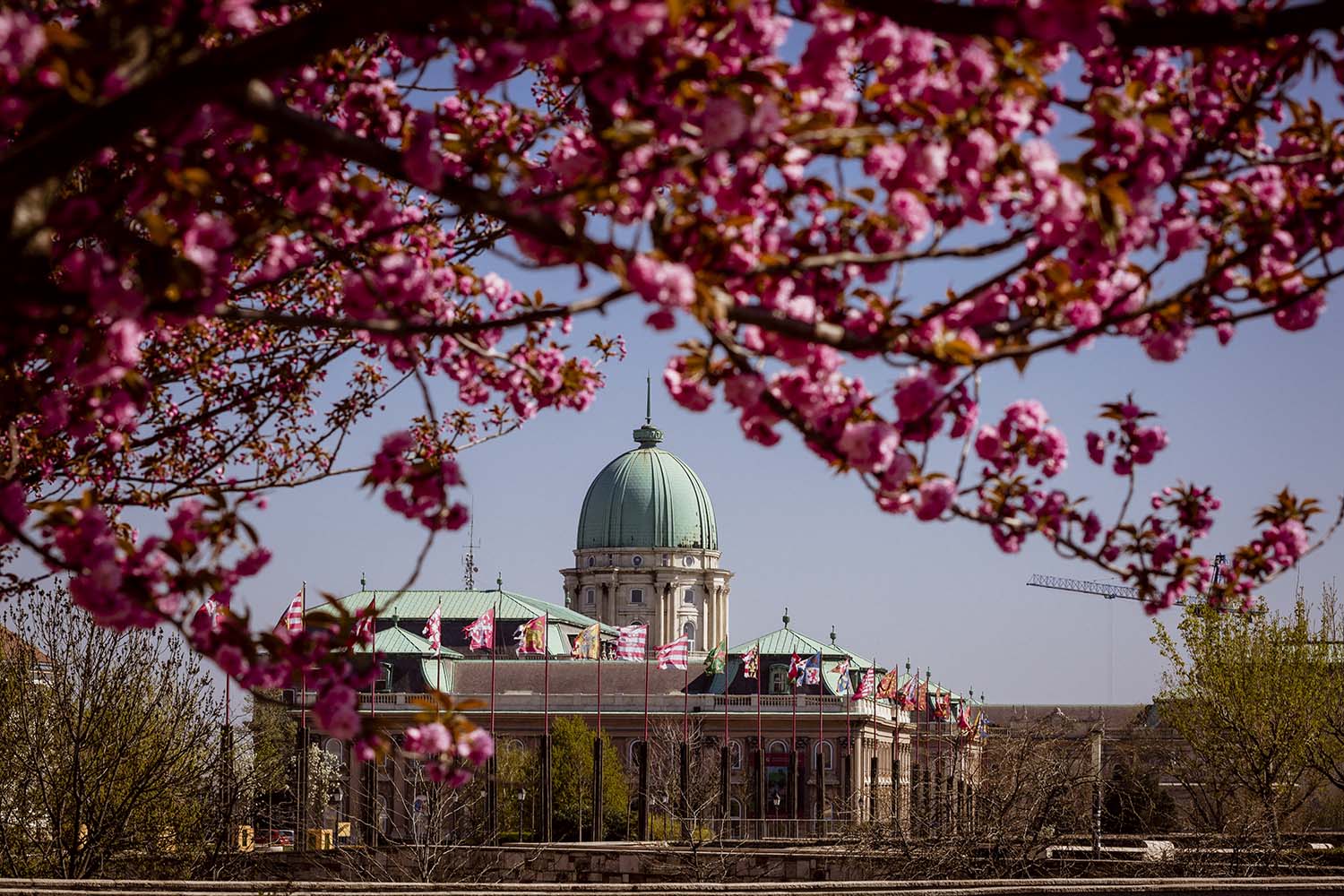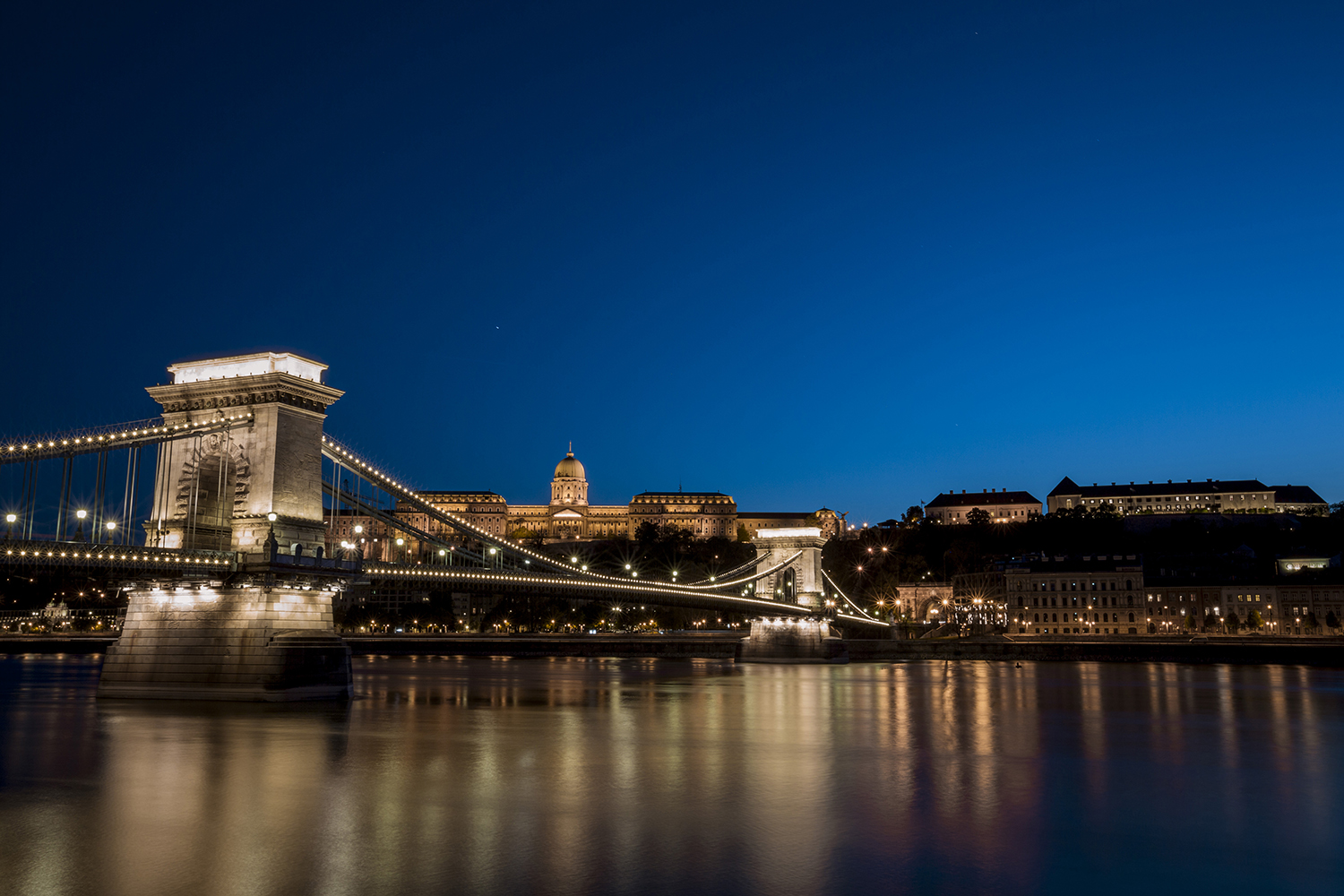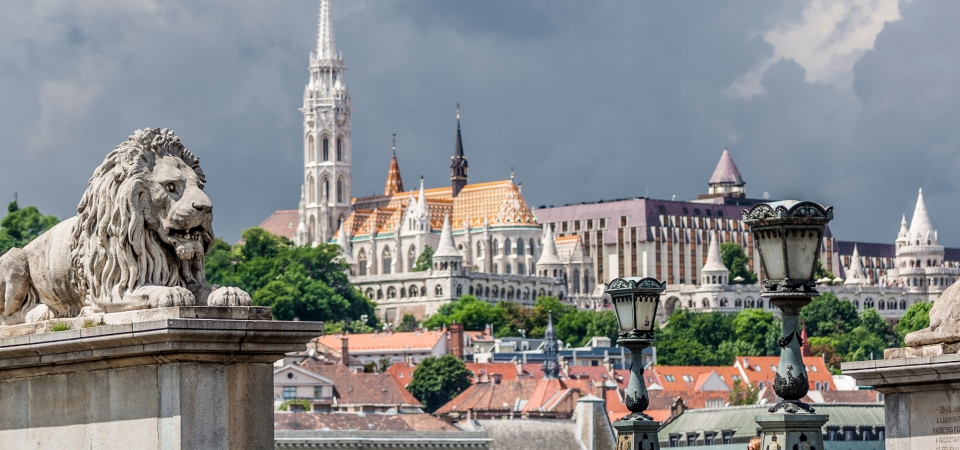
Budapest – the Banks of the Danube, the Buda Castle Quarter and Andrássy Avenue
Introduction
The Danube riverside panorama of Budapest and the Buda Castle Quarter was the first of the nominated sites in Hungary to be inscribed on the UNESCO World Heritage List under the identification number 400bis, in the category of cultural heritage by the UNESCO World Heritage Committee, in 1987. In 2002 – with the extended borderline of the World Heritage Site – the Heroes' Square and its surroundings, the Millennium Underground Railway as well as Andrássy Avenue and its surrounding also became part of the World Heritage. The rich history of the Hungarian capital and the historical urban development of Central Europe, interspersed with periods of destruction and revival, comes to life simultaneously through the architectural works of the urban landscape divided by the Danube, which marks the unique panorama of Budapest.
Gallery
About the Site
The World Heritage Site, located south of the Roman city, Aquincum, includes two originally independent cities: Buda, sitting on the hill of the right bank and Pest, lying over the left bank of the Danube. Pest was the first medieval city centre, and it was demolished in 1241–42. A few years later, on the rocky slope on the right bank of the river, Buda Castle was built by King Béla the Fourth, thenceforth, the history of Buda became intertwined with the history of the Kingdom of Hungary. True prosperity only began after the devastation of the Ottoman occupation, in the 18th century. Budapest, established by uniting Pest, Buda and Óbuda in 1872 –73, had come to play a prominent role again in the second half of the 19th and at the beginning of the 20th century. In line with its metropolitan reputation, Budapest has become a centre that incorporated progressive European urban influences, as well as innovative technological developments, such as the Millennium Underground Railway, the first in Europe to be built underneath Andrássy Avenue, and introduced to the public on the 2nd of May 1896.
Budapest preserved the structural and urban features of its former settlements: the Buda Castle Quarter with its typical medieval and Baroque style which is sharply distinct from the ring-radial structured Pest with its vast, uniquely homogeneous architectural appearance interspersed with its remarkable public buildings. A significant example of the latter is Andrássy Avenue and its surroundings as it is one of the most defining works of the urban development ambitions of the late 1800s, an imposing collection of architectural styles of the age.
As part of the historic settlement landscape, the scenery of the two banks of the Danube is a unique representation of the harmonious interaction between the society and the natural environment: the partly sylvan Gellért Hill with the Citadel, the Buda Hills, the broad river Danube with its islands, and the flat, slightly ascending terrain of Pest. The World Heritage Site, ranging from the Margaret Bridge to the Liberty Bridge, includes the monumental buildings of the Buda Castle Quarter, the Buda Castle, which is now home of the Budapest History Museum, the National Széchényi Library, and the Hungarian National Gallery, and the narrow, medieval civic town district where Matthias Church and Fisherman’s Bastion, the famous architectural works of Frigyes Schulek can be found. The predominant structures of Pest are the historicizing Neo-Gothic building of the Parliament, designed by Imre Steindl, the Neo-Renaissance Hungarian Academy of Sciences, the Art Nouveau Gresham Palace, the Pesti Vigadó as an exceptional work of Hungarian Romantic architecture, and the Central Market Hall, a masterpiece of the brick architecture of Hungarian Historicism. The bridges connecting Buda and Pest are dominant parts of the city's panorama, four of them – the Széchenyi Chain Bridge (the first stone bridge of Buda and Pest) designed by W.T Clark in a classicist style and completed by 1849, the Margaret Bridge, which was endowed with a historicizing style by Ernest Goüin, the Elisabeth Bridge (the world's first steel pylon chain bridge) inaugurated in 1903, and Budapest’s shortest bridge, the Liberty Bridge – are located within the boundaries of the site. The architectural ensemble of Andrássy Avenue and its surroundings (Heroes’ Square (Hősök tere), City Park (Városliget), the quarters and public buildings of the historic centre within Small Boulevard (Kiskörút), and Inner-Erzsébetváros) reflects the high professional and architectural-artistic quality of the urban development aspirations that were widespread in the second half of the 19th century. On the avenue, inaugurated in 1885, you can find outstanding works of the architectural styles of the time, including the Opera House designed by Miklós Ybl in Neo-Renaissance style, richly decorated in its interiors with works by Mór Than, Károly Lotz and Bertalan Székely, as well as the Drechsler Palace designed by Ödön Lechner and Gyula Pártos, the Art Nouveau building of the Paris Department Store, the old Neo-Renaissance Academy of Music, the imposing palaces and villas between Kodály körönd and Heroes’ Square along with the Museum of Fine Arts, built in historicist style with Neo-Renaissance and Neoclassical features.
For more information, visit the UNESCO website.
Map
Budapest - map of the Danube banks, Buda Castle District and Andrassy Avenue World Heritage Site.

Outstanding Universal Value
The Outstanding Universal Value of ‘Budapest, the Banks of the Danube, the Buda Castle Quarter and Andrássy Avenue’ included in Decision No. 37COM 8E was adopted at the 2013 session of the UNESCO World Heritage Committee. According to the Committee’s Decision, Budapest is an outstanding example of a center for receiving and transmitting cultural influences, for the historical urban development of Central Europe determined by periods of destruction and renewal as well as for the picturesque landscape of the two banks of the Danube existing in a harmonious interaction with the society and the natural environment with diverse morphological features.
The inclusion of the site in the World Heritage List is justified by the fulfilment of criteria (ii) and (iv).
-
Criterion (ii)
Aquincum played an essential role in the diffusion of Roman architectural forms in Pannonia, then in Dacia. Buda Castle played an essential role in the diffusion of Gothic art in the Magyar region from the 14th century. In the reign of Matthias Corvinus, Buda was an artistic centre comparable, due to its influence, to that of Cracow. As a result of the unification of Pest, Buda and Óbuda in 1872-73, Budapest became once more a significant centre in the second part of the 19th and at the beginning of the 20th century due to the amount and quality of heritage built during those periods. It was a centre which absorbed, integrated and disseminated outstanding and progressive European influences of urbanism and of architecture as well as modern technological developments such as the Millennium Underground Railway, built under Andrássy Avenue, the first in Continental Europe, all of which was in line with its role as a metropolis. -
Criterion (iv)
Buda Castle is an architectural ensemble which, together with the nearby old district (the Buda Castle Quarter) illustrates two significant periods of history which were separated by an interval corresponding to the Turkish invasion. The Parliament is also an outstanding example of a great official building on a par with those of London, Munich, Vienna and Athens, exemplifying the eclectic architecture of the 19th century, whilst at the same time symbolising the political function of the second capital of the Austro-Hungarian Empire. Andrássy Avenue (1872–1885) and the Millennium Underground Railway (1893 – 1896) are representative examples of the implementation of planning solutions associated with the latest technical facilities of the day to meet the requirements of an emerging modern society. Architecturally, the Avenue has great integrity in its eclectic, neo-renaissance buildings.
Contact
NÖF National Heritage Protection and Development Non-profit Ltd.
Address: H-1113 Budapest, Daróczi út 3.
Postal address: H-1113 Budapest, Daróczi út 3.
E-mail: vilagoroksegbudapest@nofnkft.hu
Phone: +36 70 527 3028
https://nof.hu/hu/
